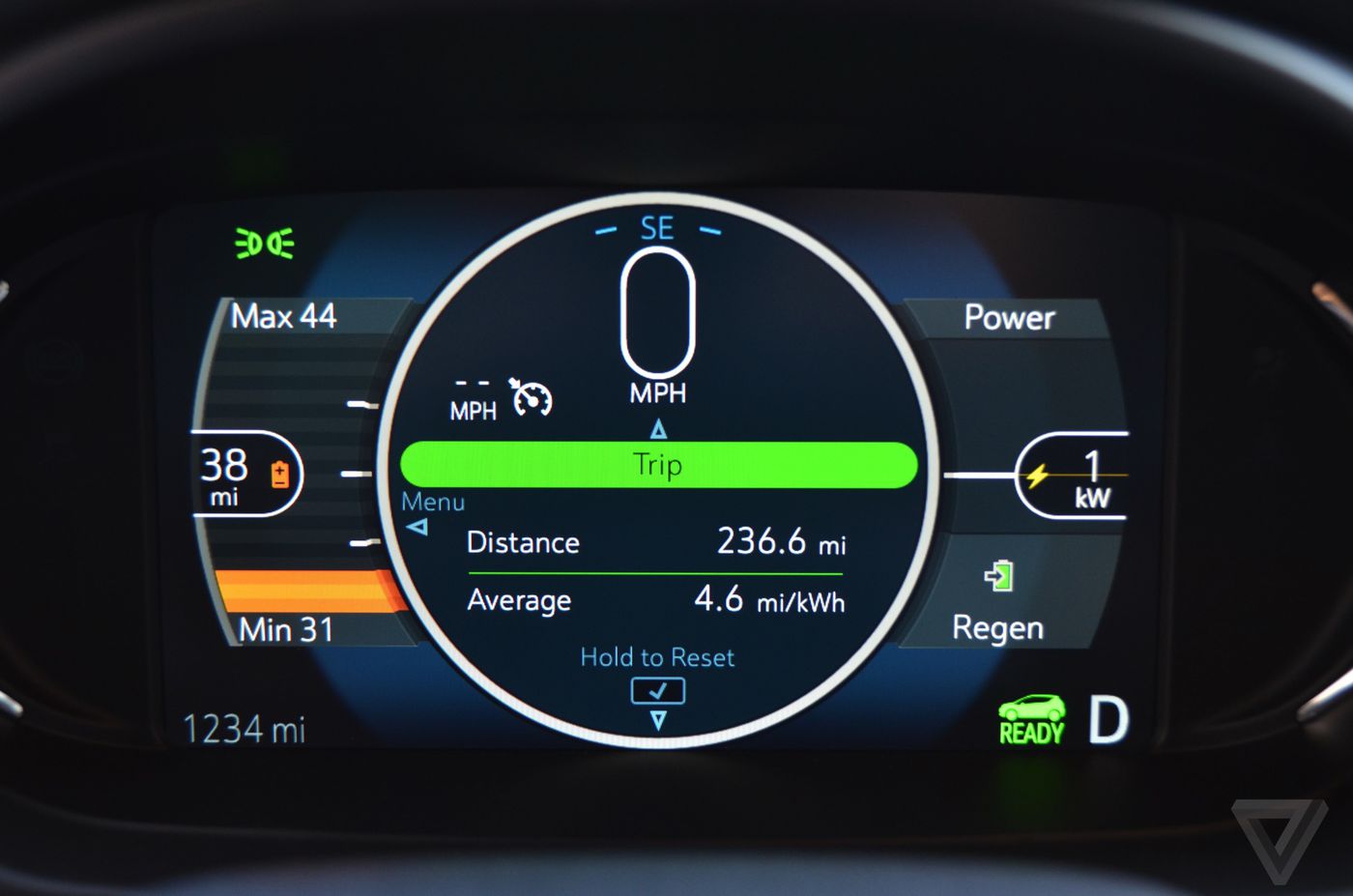Continuing to describe Park, Forward, and Reverse as "gears" in the Bolt is basically a way of bridging the gap between the old and the new. We all know what it means to be in those different gears, especially if you learned on a manual transmission. In the Bolt the gears are now all virtual. There's no physical transmission that is selecting a different set of individual sprockets with a different set of teeth to keep the engine efficiently running in a somewhat narrow band to deliver power to the wheels and a clutch to switch gearing ratios. The same issue came up with hybrids with their continuously variable transmissions. You still had a set of sprockets (gears) that connected to the wheels, but the sprockets were permanently tied to eachother. No clutch, and no manually (or semi-manually) selectable gear ratios.
A remote start basically allows you to remotely turn on the climate control system and prepare the car's interior for the driver/passenger's comfort. The difference between leaving the car "running" while parked, and the remote start is that when the car is left running it's presumably been previously driven and then parked, but not turned off. Whereas a remote start only turns on the climate control system and leaves the car locked. After 20 minutes, the car shuts itself off. But in the first scenario, it would be possible to leave the vehicle and forget to turn it off, and the climate control system could easily drain all of the charge in the battery leaving you with no motive power when you come back to the car. Much like running out of gas.

